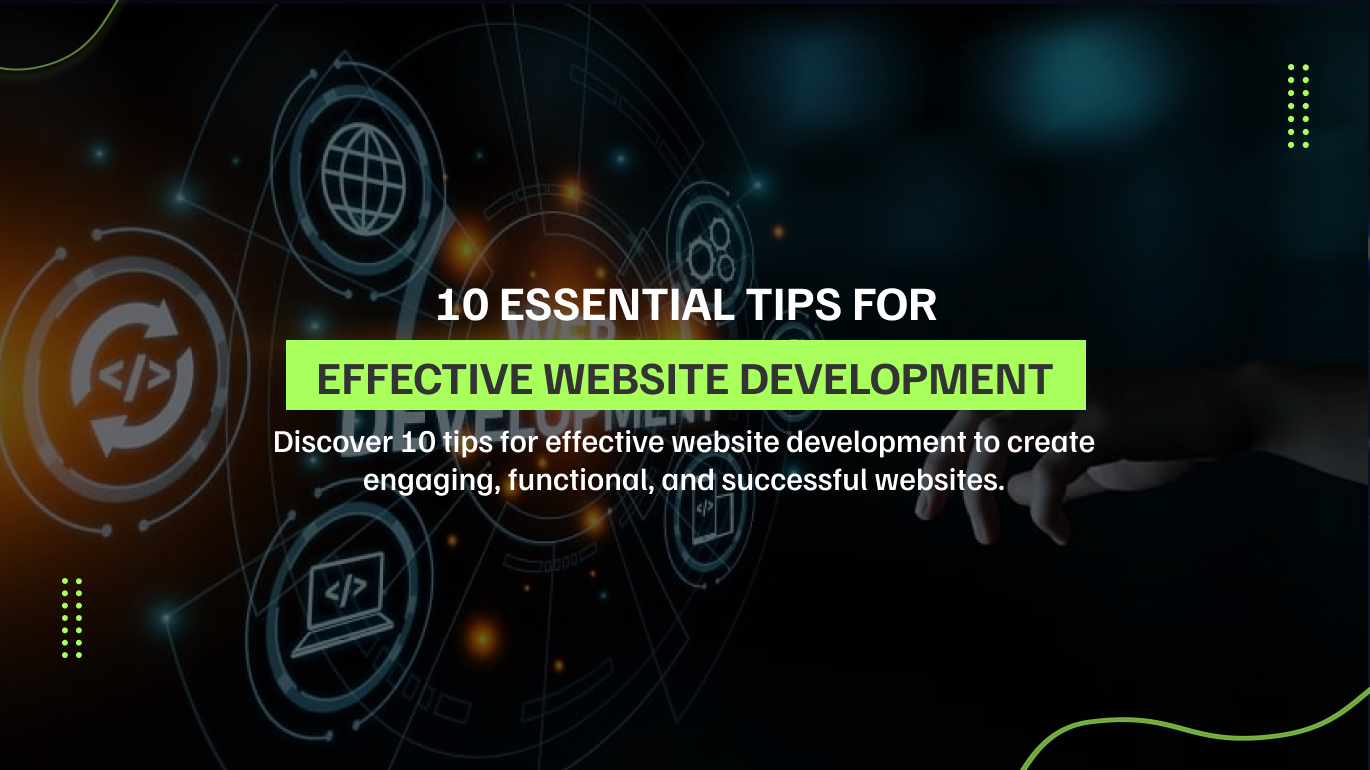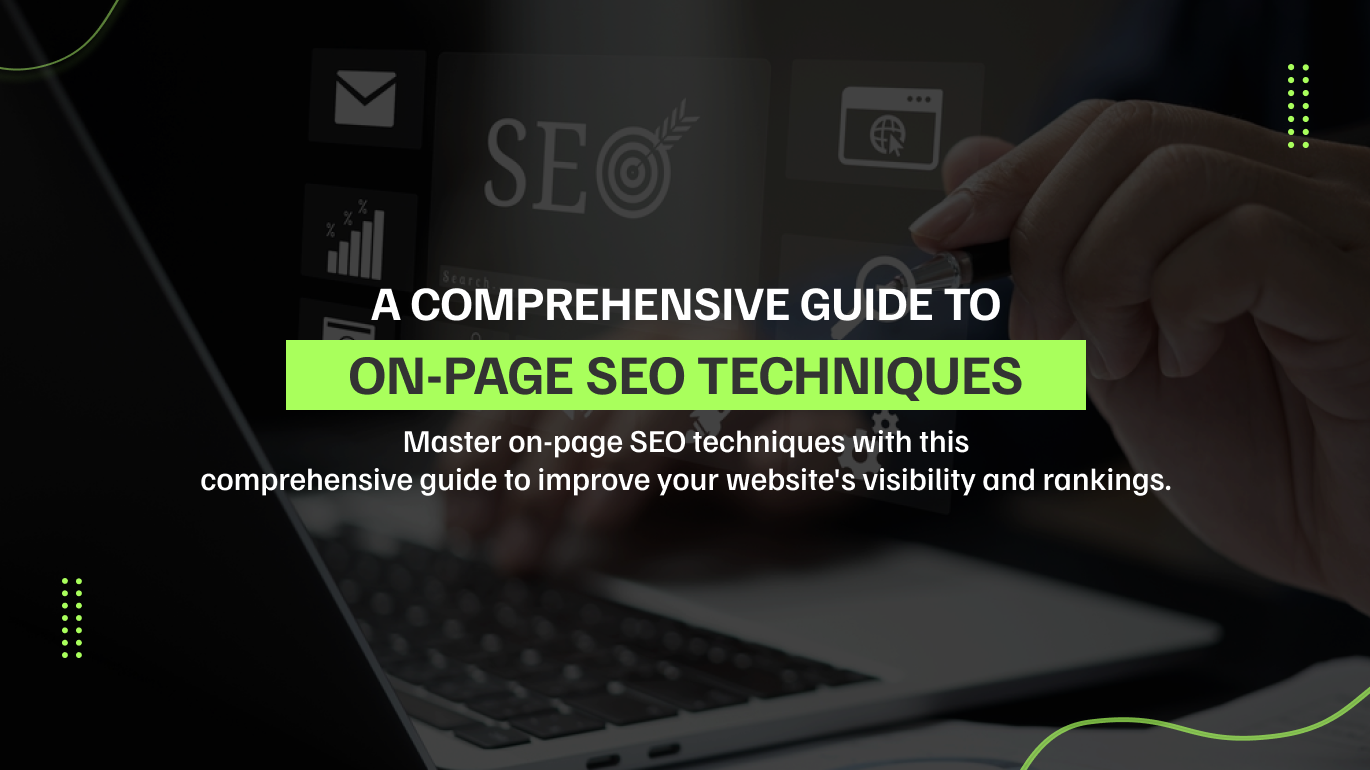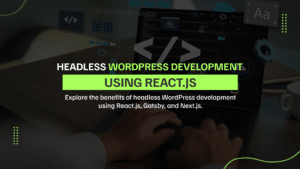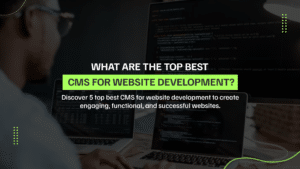Website Development:
Web development is the work involved in developing a website for the Internet or an intranet. Web development can range from developing a simple single static page of plain text to complex web applications, electronic businesses, and social network services.
How to develop a website?
The development process can look different for every website, but for the most part, it will entail the following 8 steps:
- Information gathering.
- Planning.
- Design.
- Content.
- Functionality.
- Testing.
- Launch.
- Monitoring and updates.
Try it out today!
Let me know what you’re looking for, i’ll build it for you? Click Now to Contact Us our New developers.
01- Define Your Purpose and Audience
Defining the purpose of your website involves clarifying the primary goals and objectives you want to achieve with your site. This sets the direction for all your design and content decisions. The purpose could vary widely depending on the nature of your project. Here are some examples:
- If you’re building an online store, your purpose might be to sell products, manage inventory, and process payments.
- For a personal or professional blog, the purpose could be to share knowledge, engage readers, and build a community.
- If you’re a freelancer or an artist, your website’s purpose might be to showcase your work and attract potential clients.
- A business or organization might create a site to provide information about their services, contact details, and company background.
Defining your audience involves understanding who your website is intended for. Knowing your audience helps tailor your content, design, and functionality to meet their specific needs and preferences. Consider the following aspects when defining your audience.
02- User-Centered Design
Key Principles of User-Centered Design:
- Conduct user research to gather insights into who your users are, what they need, and how they interact with your site. Methods include surveys, interviews, and usability testing.
- Ensure that your website is easy to navigate and understand. This includes clear labeling, intuitive navigation, and logical information architecture.
- Use familiar design patterns and elements to make it easy for users to find what they’re looking for.
- Adopt an iterative design approach where you continuously test and refine your website based on user feedback. This involves prototyping, testing, and making improvements in cycles.
- Design your website to be accessible to all users, including those with disabilities. This involves following accessibility guidelines (like WCAG) and incorporating features like keyboard navigation, screen reader compatibility, and alternative text for images.
- Maintain a consistent design throughout your website to provide a seamless experience. This includes consistent use of colors, fonts, button styles, and overall layout.
03- Mobile Responsiveness
Mobile responsiveness refers to a website’s ability to automatically adjust its layout, content, and functionalities to fit various screen sizes and resolutions. A responsive website uses flexible grids, fluid images, and CSS media queries to ensure that the design and content scale appropriately across different devices.
Tools to Measure and Improve Load Times:
- Use a flexible grid system that allows the layout to resize proportionally to different screen sizes. Instead of fixed-width layouts, elements should be sized using relative units like percentages.
- Ensure that images and other media elements resize within their containing elements. This prevents images from breaking the layout or appearing too large on smaller screens.
- Implement CSS media queries to apply different styles based on the device’s screen size, orientation, and resolution. This allows for specific design adjustments tailored to various devices.
- Design navigation elements that are easy to use on touchscreens. This includes larger buttons, touch-friendly menus, and adequate spacing between interactive elements to prevent accidental clicks.
- Prioritize content to ensure that the most important information is easily accessible on smaller screens. This may involve adjusting font sizes, hiding non-essential elements, or restructuring content for better readability.
04- Fast Load Times
Slow websites frustrate users and lead to higher bounce rates. Fast load times improve user satisfaction, leading to longer visits and increased engagement. Search engines like Google consider page load speed as a ranking factor. Faster websites tend to rank higher in search results, driving more organic traffic. Faster websites have higher conversion rates. Whether it’s completing a purchase, filling out a form, or subscribing to a newsletter, users are more likely to convert when pages load quickly. Mobile users often have slower internet connections compared to desktop users. Ensuring fast load times on mobile devices is critical for retaining this audience segment.
Tools to Measure and Improve Load Times:
- Google Page Speed Insights:
- Provides performance analysis and suggestions for improving your website’s speed on both mobile and desktop.
- GTmetrix:
- Offers detailed reports on your website’s performance, including load times, page size, and the number of requests. It also provides actionable recommendations.
- Pingdom:
- Monitors website performance and provides insights into load times, uptime, and performance across different locations.
- Webpage Test:
- Allows you to run performance tests from multiple locations worldwide and provides a detailed breakdown of load times and suggestions for improvement.
05- SEO Best Practices
Keyword research is the process of identifying the search terms your target audience uses. Optimize your content for these keywords to improve your chances of ranking higher in search results.
- Use tools like Google Keyword Planner, Ahrefs, or SEMrush to find relevant keywords.
- Focus on long-tail keywords (phrases with three or more words) as they are less competitive and more specific to user intent.
- Incorporate keywords naturally into your titles, headings, meta descriptions, URLs, and throughout the content.
- Creating valuable and relevant content is crucial for SEO. Search engines prioritize content that provides real value to users.
- On-page SEO involves optimizing individual web pages to rank higher and earn more relevant traffic.
- Technical SEO ensures that search engines can crawl and index your website effectively.
- A positive user experience can indirectly impact your SEO performance.
- Link building involves acquiring high-quality backlinks from other websites to improve your site’s authority and rankings.
- If you have a local business, optimizing for local search is crucial.
- Regularly monitor your SEO performance and make data-driven decisions.
06- High-Quality Content
Content is king. Providing valuable, engaging, and regularly updated content is essential for retaining visitors and improving your site’s credibility. Whether it’s blog posts, product descriptions, or multimedia content, ensure it meets the needs and interests of your audience. High-quality content helps build trust and authority in your niche.
- To create content that resonates, you need a deep understanding of your target audience.
- Audience Research: Identify your audience’s demographics, interests, pain points, and preferences.
- User Personas: Create detailed user personas to guide your content creation process.
- User Intent: Understand what users are searching for and what their goals are when they visit your site.
- Your content should solve problems, answer questions, and provide valuable insights.
- In-Depth Information: Go beyond surface-level information and provide comprehensive coverage of your topic.
- Practical Advice: Offer actionable tips, step-by-step guides, and useful resources that readers can apply.
- Unique Perspectives: Share unique insights, experiences, or viewpoints that differentiate your content from others.
- Original content builds credibility and trust with your audience.
- Avoid Plagiarism: Ensure your content is original and not copied from other sources.
- Authentic Voice: Write in a genuine and authentic voice that reflects your brand’s personality.
- Cite Sources: When using information from other sources, give proper credit and cite them appropriately.
- Organize your content in a way that is easy to read and navigate.
- Headings and Subheadings: Use headings (H1, H2, H3) to break up your content into sections and guide readers through your text.
- Bullet Points and Lists: Use bullet points and numbered lists to present information clearly and concisely.
- Short Paragraphs: Keep paragraphs short and to the point to enhance readability.
- Make your content engaging and easy to read.
- Clear and Concise Language: Use simple language and avoid jargon to ensure your content is accessible to a broad audience.
- Compelling Introductions: Start with a strong introduction that hooks the reader and clearly states the purpose of the content.
- Visual Elements: Incorporate images, infographics, videos, and other visual elements to make your content more engaging.
- Optimize your content for search engines to improve visibility.
- Keyword Research: Identify relevant keywords and phrases that your audience is searching for.
- Keyword Placement: Naturally incorporate keywords into your title, headings, meta descriptions, and throughout the content.
- Internal and External Links: Use internal links to connect related content on your site and external links to reputable sources.
- Keep your content fresh and up-to-date.
- Content Audit: Regularly review your content to identify outdated information or broken links.
- Update Content: Revise and update your content to reflect the latest information, trends, and best practices.
- Repurpose Content: Refresh and repurpose old content to give it new life and reach a wider audience.
- Enhance your content with multimedia elements.
- Images and Infographics: Use high-quality images and infographics to illustrate key points and add visual appeal.
- Videos: Incorporate videos to provide deeper insights, tutorials, or demonstrations.
- Interactive Elements: Use interactive elements like quizzes, surveys, and calculators to engage users.
- Track the performance of your content to understand what works and what doesn’t.
- Analytics Tools: Use tools like Google Analytics to monitor traffic, engagement, and conversion metrics.
- User Feedback: Gather feedback from your audience through comments, surveys, and social media interactions.
- Performance Metrics: Analyze metrics such as bounce rate, time on page, and social shares to gauge content effectiveness.
07- Strong Security Measures
Protecting your website and its users should be a top priority. Implement strong security measures such as SSL certificates, regular software updates, and secure passwords. Regularly monitor your site for vulnerabilities and potential breaches to maintain a safe and secure environment for your visitors.
Implement secure coding practices to prevent vulnerabilities.
- Input Validation: Validate and sanitize all user inputs to prevent injection attacks.
- Error Handling: Use proper error handling to avoid exposing sensitive information.
- Code Reviews: Conduct regular code reviews and security audits to identify and fix vulnerabilities.
08- Analytics and Tracking
Use tools like Google Analytics to track user behavior and gather data on how visitors interact with your site. This information can provide valuable insights into what’s working and what’s not, allowing you to make data-driven decisions to improve your website. Understanding user behavior helps you optimize the site for better performance and user satisfaction.
Add tracking codes to your website to start collecting data.
- Google Analytics: Install the Google Analytics tracking code on all pages of your website.
- Google Tag Manager: Use Google Tag Manager to deploy tracking codes for various tools and services without manually editing your website’s code.
09- Accessible Design
An accessible website is usable by everyone, including people with disabilities. Follow Web Content Accessibility Guidelines (WCAG) to ensure your site is accessible. This includes providing text alternatives for non-text content, creating content that can be presented in different ways without losing information, and making all functionality available from a keyboard.
- Ensure that all non-text content is accessible to users who cannot see it.
- Alt Text: Use alt text for images, charts, graphs, and other non-text content to provide equivalent information.
- Transcripts and Captions: Provide transcripts for audio content and captions for video content to make multimedia accessible to users who are deaf or hard of hearing.
- Audio Descriptions: Include audio descriptions for video content that describe visual elements and actions for users who are blind or visually impaired.
- Offer options that allow users to customize their experience based on their needs and preferences.
- Font Size Adjustments: Provide the option for users to adjust text size and spacing to improve readability.
- Contrast Settings: Allow users to choose from different color schemes or adjust color contrast settings.
- Accessible Multimedia Players: Use accessible multimedia players that support keyboard navigation, captions, and audio descriptions.
- Regularly test your website for accessibility issues using automated tools and manual testing methods.
- Accessibility Audits: Conduct regular accessibility audits using tools like WAVE, Axe, or Lighthouse to identify and fix accessibility issues.
- User Testing: Include users with disabilities in usability testing to gather feedback and insights on accessibility barriers.
- Browser and Device Compatibility: Ensure your website is accessible across different browsers, devices, and assistive technologies.
- Educate your team members about accessibility principles and best practices to foster a culture of accessibility.
- Training Programs: Provide training sessions and resources on accessible design, coding practices, and content creation.
- Accessibility Guidelines: Develop internal accessibility guidelines and standards for all team members to follow during website development and updates.
10- Consistent Branding
Consistent branding across your website reinforces your brand identity and creates a professional appearance. Use a coherent color scheme, typography, and logo placement to ensure that every page of your site reflects your brand. Consistency helps build brand recognition and trust with your audience.
- Start by defining your brand identity and core values.
- Develop comprehensive brand guidelines to maintain consistency in visual and verbal communication.
- Ensure visual consistency across your website to reinforce your brand identity.
- Maintain a consistent tone and voice in your written content to reinforce brand messaging.
- Ensure a seamless and cohesive user experience across all devices and platforms.
- Extend your branding consistency beyond your website to all digital and offline touch points.
- Regularly monitor your website and other touch points to ensure adherence to brand guidelines.
- Adapt your branding strategy over time while maintaining core elements of consistency.
- Consistent branding builds trust with your audience and fosters brand recognition over time.
- Continuously seek feedback from users and stakeholders to refine and improve your branding efforts.
Conclusion
Effective website development is a multifaceted process that involves careful planning, user-focused design, and continuous optimization. By following these ten essential tips, you can create a website that not only looks great but also performs well, meets the needs of your audience, and achieves your goals. Whether you’re a seasoned developer or just starting, these guidelines will help you build a successful online presence.







